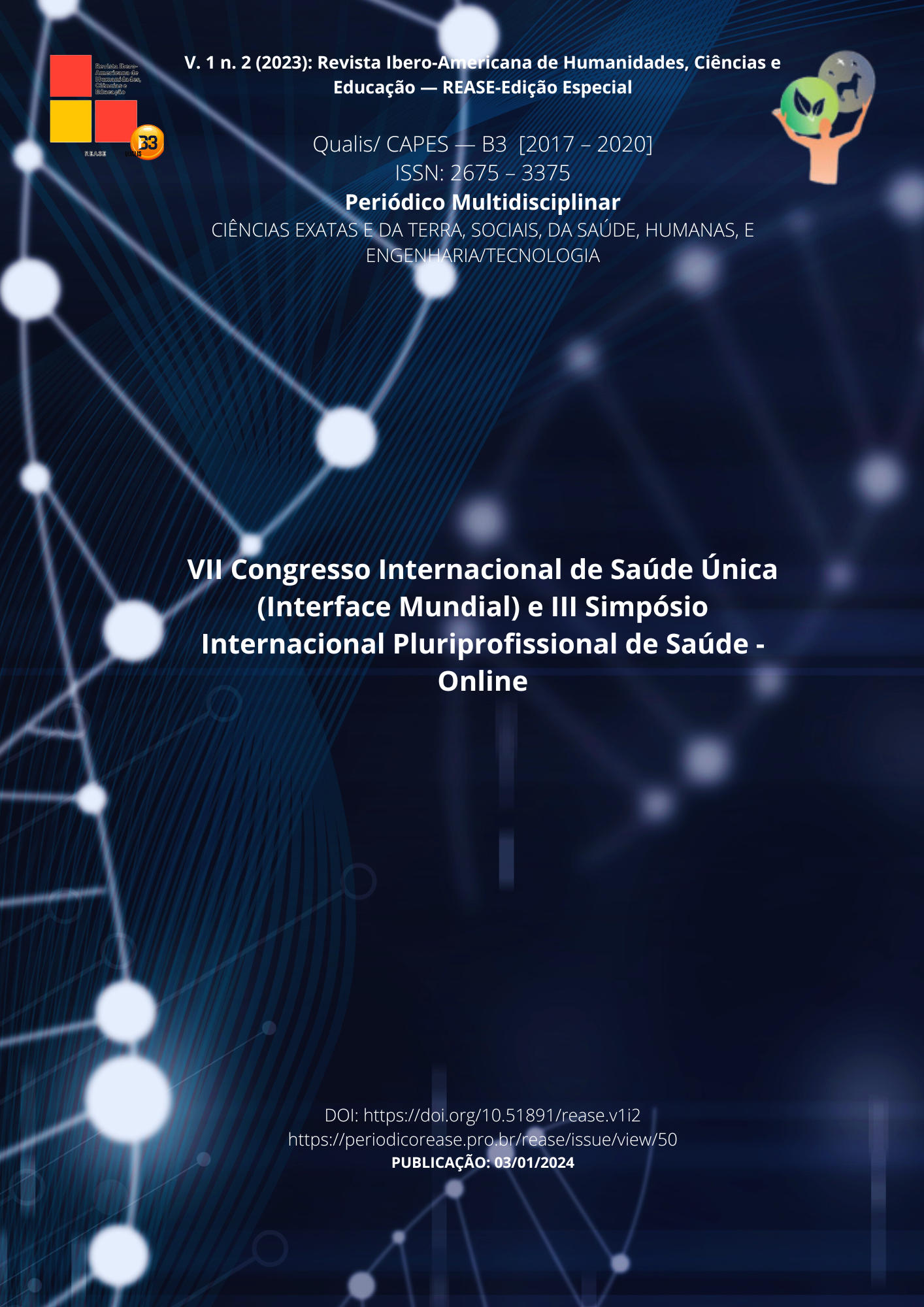MATERNAL IDEAS RELATED TO THE RETURN OF ORAL FEEDING IN THE POST-OPERATIVE ROOM OF BABIES WITH CONGENITAL HEART PATH
DOI:
https://doi.org/10.51891/rease.v1i2.10980Keywords:
Congenital heart disease. Breast-feeding. Maternal experiences.Abstract
This article addresses maternal ideas about returning to oral feeding, especially breastfeeding, in the postoperative period of a child with congenital heart disease. This is a descriptive research with a qualitative approach, carried out through conversation circles, with 15 mothers who were with their babies hospitalized in a Cardiopediatric ICU after cardiac surgery in a North and Northeast reference center in the treatment of congenital heart disease, located in Fortaleza, Ceará, Brazil. From the data collected in the conversation circles and analyzed by the Iramuteq software, resulting in categories called experiences of the mother-baby dyad with CHD arising from the illness and hospitalization that will be addressed in this study. In the maternais speeches, the desire and anxiety regarding the return of oral feeding and, in particular, the establishment of breastfeeding were evident, highlighting the importance of guidance to mothers in order to make them aware of the postoperative process to remain longer. calm and cooperative in the recovery of the baby. It is believed that maternal empowerment at the hospitalization level also helps in strengthening the mother-baby bond and in coping with the child's illness and all the path that will go through until the child is cured.
Downloads
Downloads
Published
How to Cite
Issue
Section
License
Atribuição CC BY

